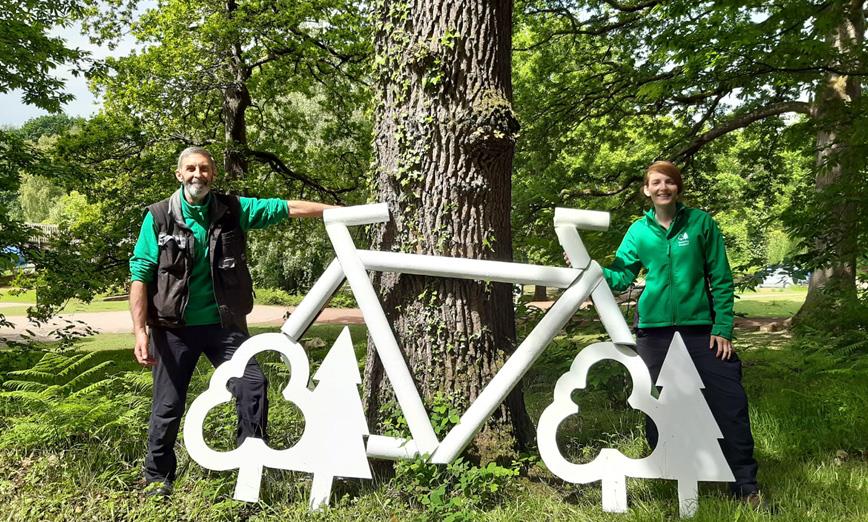Book Tickets Online
About Us
White Castle is the best preserved and most imposing of the trio of Monmouthshire fortresses known as the ‘Three Castles’ – which includes Grosmont and Skenfrith – built to control the border. Its medieval name might derive from the white rendering used on its masonry. Castell Gwyn in Welsh it is also known historically as Llantilio Castle. It is near the village of Llantilio Crossenny in Monmouthshire, Wales.
White Castle was established by the Normans in the wake of the invasion of England in 1066, to protect the route from Wales to Hereford. Possibly commissioned by William fitz Osbern, the Earl of Hereford, it comprised three large earthworks with timber defences. A series of renovations transformed it into the significant defensive structure we see today. The large outer ward is as big as a football pitch, while the pear-shaped inner ward sits behind a deep, steep-sided, water-filled moat.
In 1135, a major Welsh revolt took place and in response King Stephen brought together White Castle and its sister fortifications of Grosmont and Skenfrith to form a lordship known as the "Three Castles", which continued to play a role in defending the region from Welsh attack for several centuries.
King John gave the castle to a powerful royal official, Hubert de Burgh, in 1201. Over the next few decades, it passed back and forth between several owners, as Hubert, the rival de Braose family, and the Crown took control of the property. During this period, White Castle was substantially rebuilt, with stone curtain walls, mural towers and gatehouses, forming what the historian Paul Remfry considers to be "a masterpiece of military engineering". In 1267 it was granted to Edmund, the Earl of Lancaster, and remained in the hands of the earldom, and later duchy, of Lancaster until 1825.
Many of these features we see today are thought to be the work of the Lord Edward (later King Edward I) who took possession of the Three Castles in 1254. Edward I's conquest of Wales in 1282 removed much of White Castle's military utility. The modifications at White Castle, his first Welsh castle, can be seen as a forerunner of the mighty fortresses he would go on to build in north Wales.
By the 16th century it had fallen into disuse and ruin. The castle was placed into the care of the state in 1922, and is now managed by the Cadw Welsh heritage agency.
Find out about walks in the area including the "Three Castles Walk" here.
Book Tickets
Facilities
Booking & Payment Details
- Free Entry
Catering
- Picnic site
Children
- Children welcome
Parking
- Free Parking












